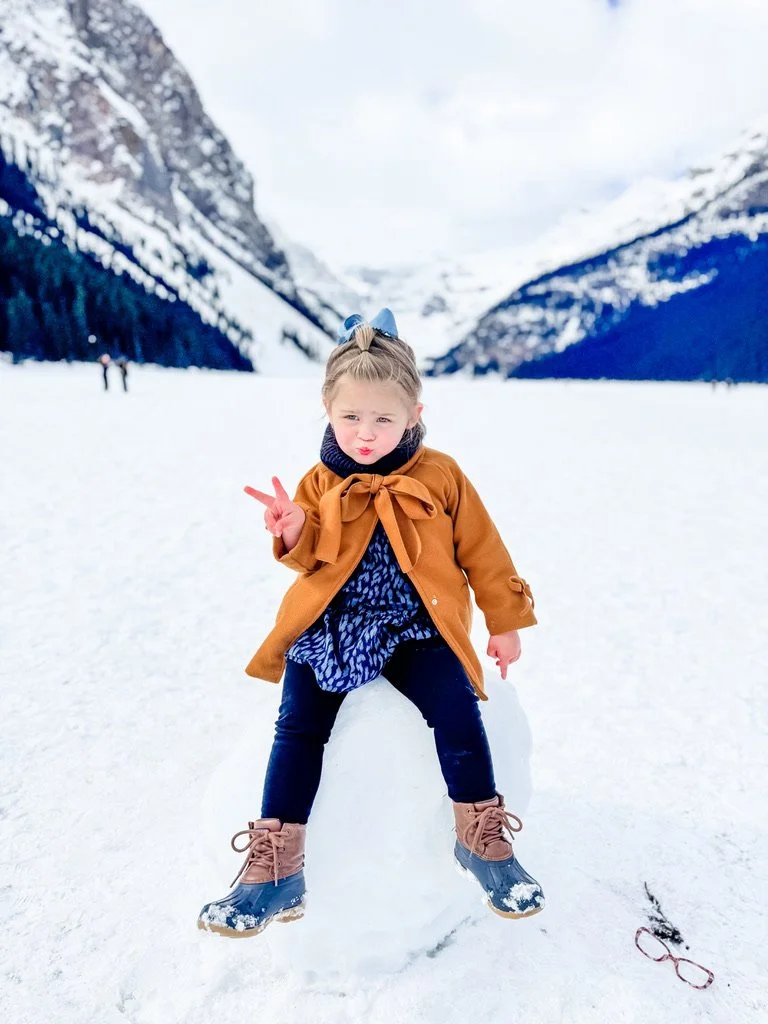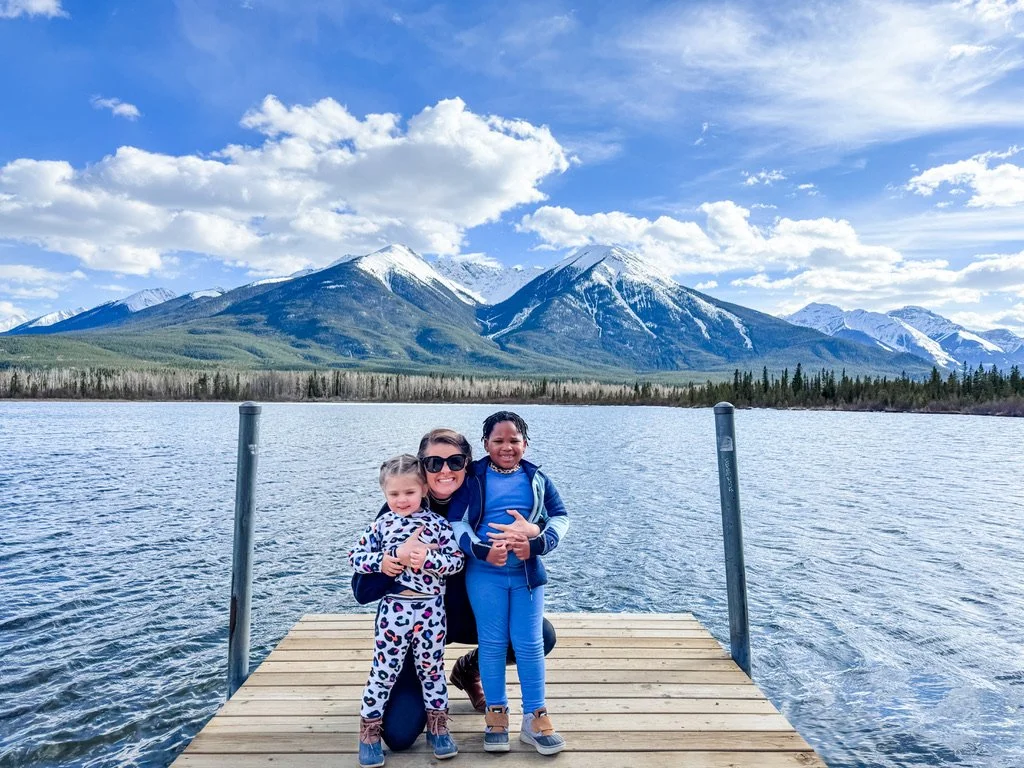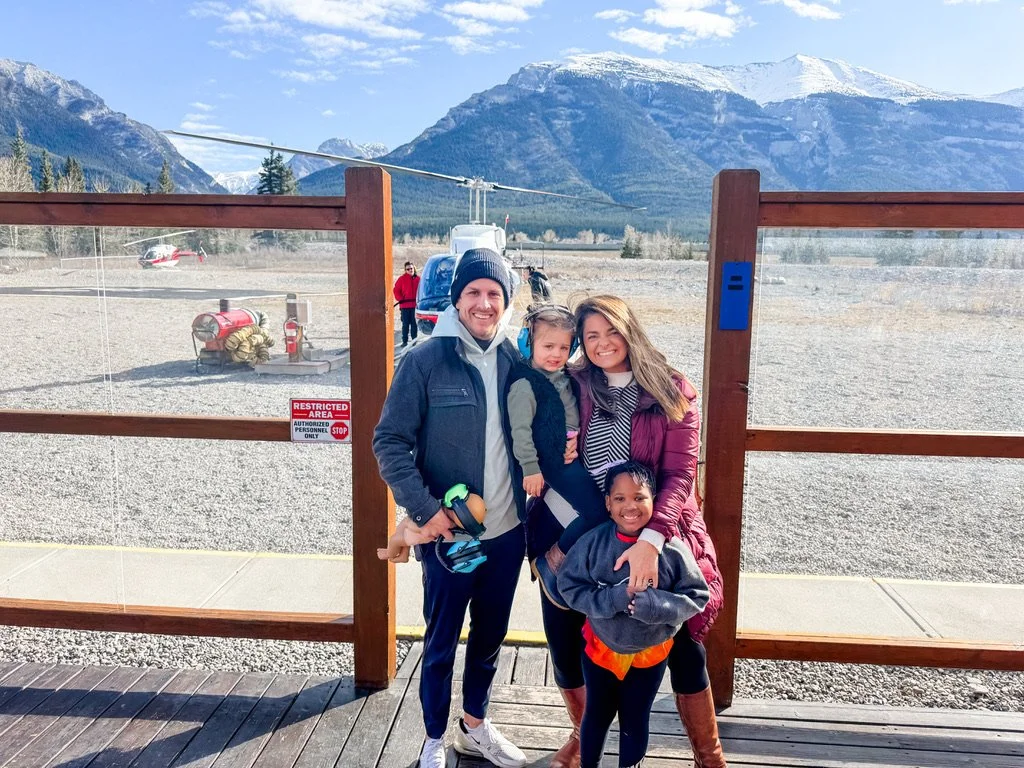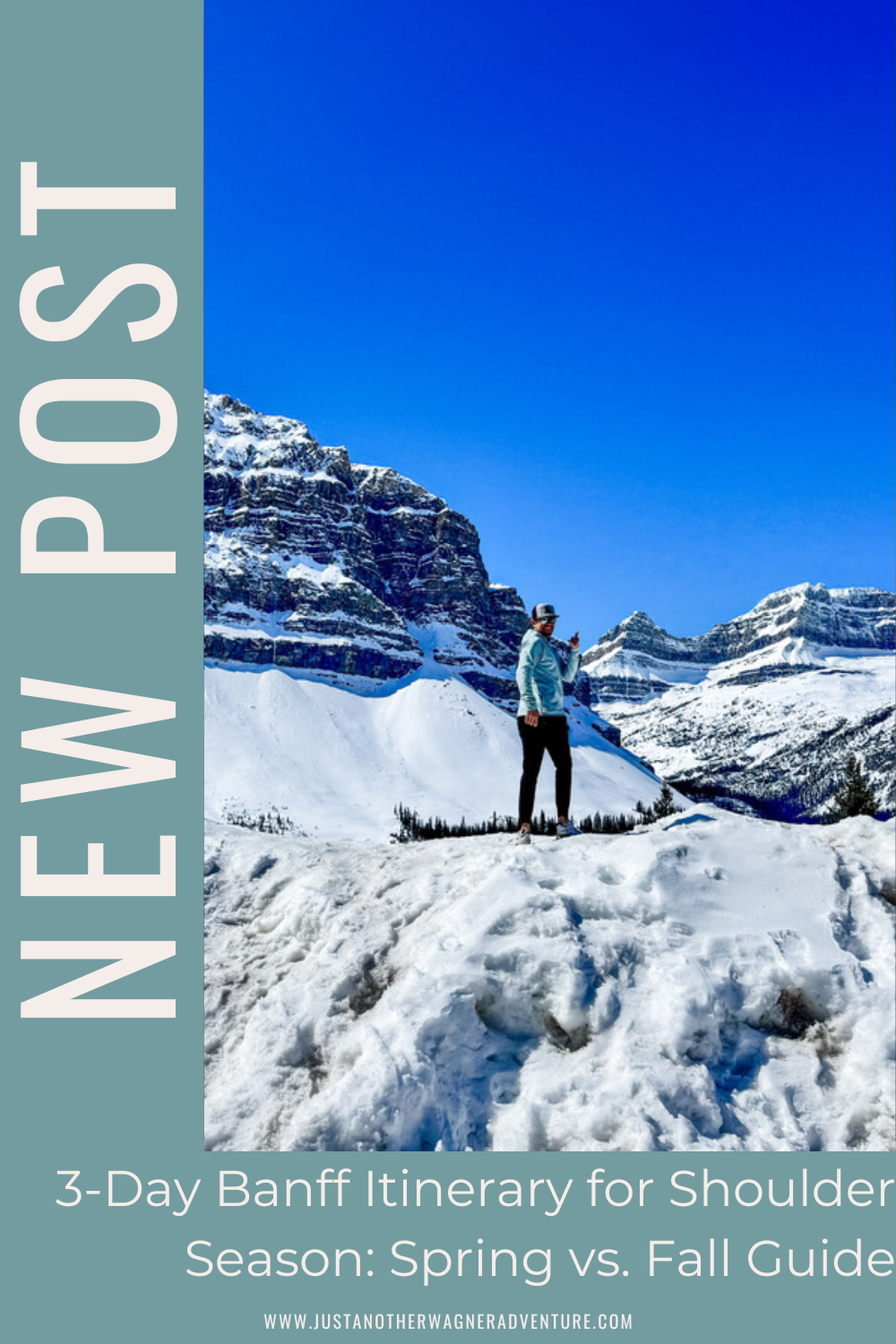3-Day Banff Itinerary for Shoulder Season: Spring vs. Fall Guide
This post may contain affiliate links. If you purchase something through that link, I will make a small commission at no additional cost to you. Thanks for your continued support!
Banff National Park is breathtaking no matter the season, but there’s something extra special about visiting during shoulder season. Whether you arrive in spring (April to June) when waterfalls gush and snow still crowns the peaks or in fall (September to October) when golden larches light up the mountains, you’ll experience a quieter, more magical side of Banff without the heavy summer crowds.
If you’re planning a shorter getaway, this 3-day Banff itinerary highlights the best of both spring and fall, where you can experience two very different but equally stunning ways to explore the Canadian Rockies.
Why Visit Banff in Shoulder Season?
Fewer crowds: Popular spots like Lake Louise, Moraine Lake, and Johnston Canyon are less busy, meaning you won’t have to wake up at the crack of dawn for a chance at a parking spot.
Lower costs: Hotel and tour prices are often cheaper compared to peak summer, meaning you can save hundreds and sometimes even thousands on your trip.
Unique scenery: Spring brings rushing waterfalls and snow-dusted peaks, while fall paints the park with fiery golds and oranges.
Wildlife spotting: Both seasons are excellent for seeing elk, bears, and bighorn sheep.
Where to Stay in Banff
No matter your budget, there are excellent lodging options in Banff:
Budget: HI Banff Alpine Centre Hostel – Simple, cozy, and steps from downtown Banff. Perfect for families or solo travelers looking to save.
Moderate: Buffalo Mountain Lodge (Banff) or Falcon Crest Lodge (Canmore) – Comfortable, scenic, and great for ski or snow adventures with moderate pricing.
Luxury: Fairmont Banff Springs or Rimrock Resort Hotel – Iconic mountain resorts with fine dining, spa facilities, and breathtaking winter views.
Nearby Towns: Consider staying in Canmore, just a 20-minute drive from Banff. It offers slightly lower prices, charming shops, and excellent access to skiing, hiking, and hot springs.
3-Day Banff Itinerary in Spring (April TO June)
Day 1: Arrival + Scenic Drive
Settle into your hotel, then head out on a scenic drive along the Bow Valley Parkway, where wildlife like elk and bears are active in spring.
Stroll downtown Banff in the evening and enjoy dinner at a cozy restaurant. Check out Brazen for one of our favs!
Day 2: Lakes + Hot Springs
Visit Lake Louise in the morning. It may still be partly frozen, but the snowy peaks are incredible, and you can walk out onto the ice in early Spring. Hike the Fairview Lookout for panoramic views.
Depending on road conditions, head to Moraine Lake (usually open late May onward). If it’s still closed, hike through Johnston Canyon, where spring melt makes the waterfalls roar. Don’t forget your spikes!
End the day with a soak at the Banff Upper Hot Springs, surrounded by snow-capped mountains.
Day 3: Adventure + Wildlife Views
Start your day with a helicopter tour with Alpine Helicopters Inc. for jaw-dropping views of glaciers, peaks, and spring wildlife.
Spend the afternoon exploring Vermilion Lakes, a peaceful area that reflects the mountains beautifully during spring thaw.
Enjoy a final dinner at The Maple Leaf Grill or Park Distillery before departing.
3-Day Banff Itinerary in Fall (September TO October)
Day 1: Arrival + Scenic Views
After checking into your lodge, drive the Bow Valley Parkway. This is a must in the fall, when golden aspens line the road and elk are often seen during rutting season.
Catch sunset at Vermilion Lakes, where fall colors reflect across still waters.
Day 2: Larch Hikes + Cozy Evening
Hike the Larch Valley Trail near Moraine Lake (the road is usually open until mid-October). The golden larches here are legendary and one of the top fall hikes in Canada.
If you prefer something shorter, hike Tunnel Mountain for sweeping views of Banff dressed in autumn colors.
Spend the evening relaxing at a spa or enjoying a hearty mountain dinner, perfect for the cooler fall nights.
Day 3: Helicopter Tour + Farewell
Take a helicopter tour with Alpine Helicopters Inc. for a bird’s-eye view of the Rockies cloaked in fall foliage.
Stroll downtown Banff for last-minute shopping or take another scenic walk around Vermilion Lakes.
Wrap up your trip with dinner and a local craft beer at one of Banff’s breweries.
Pro Tips for Shoulder Season in Banff
Spring: Bring waterproof boots and layers. Snow is still melting, and trails can be muddy.
Fall: Daylight hours are shorter, so start your hikes early and bring warm clothing.
Driving: Roads like Moraine Lake Road may not be open in early spring or late fall. Check conditions before planning.
Wildlife safety: Always keep a safe distance and carry bear spray when hiking.
Final Thoughts: Banff in Shoulder Season
Banff’s spring and fall shoulder seasons are two of the best times to experience the Canadian Rockies without the summer crowds. In spring, you’ll find waterfalls, wildlife, and snowy peaks; in fall, golden larches and crisp air make hiking unforgettable. Whether you’re soaking in hot springs, driving scenic byways, or soaring above the Rockies in a helicopter, a 3-day Banff itinerary in shoulder season promises beauty, adventure, and lasting memories.





